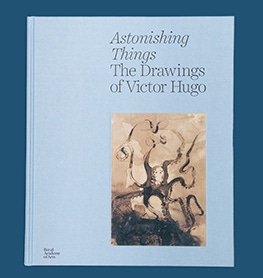Werners Nomenclature
First published in 1814, Werner's Nomenclature of Colours is a taxonomic guide to colour which been cherished by naturalists and anthropologists for over two centuries.
More details
| Material | Hardback |
|---|---|
| Dimensions | 23.2 x 1.6 x 14.9cm |
| EAN/ISBN | 9780565094454 |
| SKU | 12086110 |
Delivery & Returns
UK Delivery
Enjoy free shipping on all UK orders above £50. For orders below £50, shipping is £4.95. We aim to deliver your order within 3-5 working days.
International Delivery
Shipping costs will be calculated at checkout, based on weight and destination.
For all orders outside the UK, VAT is deducted from your order at checkout. Your order may be subject to customs duties, taxes and courier charges. You are responsible for paying these charges. Please check with your local customs office for more information.
Temporary Suspension of Shipping to EU, EEA and Northern Ireland
We have temporarily halted shipping to EU, EEA and Northern Ireland due to the new GPSR regulations which came into effect on December 13, 2024. We are actively working on a solution to resume shipping to these regions as soon as possible. We sincerely apologise for any inconvenience this may cause.
For more information please refer to our Delivery Info and Returns & Refunds pages.
Product story
In the late 1790's Abraham Gottlob Werner devised his own standardised colour scheme, which allowed the writer to describe even the subtlest of chromatic differences with consistent terminology. His scheme was then adapted by an Edinburgh flower painter, Patrick Syme, who traced the actual minerals described by Werner, and used them to create the colour charts found in the book.
In the pre-photographic age, almost all visual details had to be captured using the written word, and scientific observers could not afford any ambiguity in their descriptions. These included Charles Darwin, for whom Werner's Nomenclature was an indispensable tool during his seminal voyage on the Beagle.
Werner's Nomenclature of Colours is a charming artefact from the age of explorers, which continues to be treasured by artists and scientists alike.












